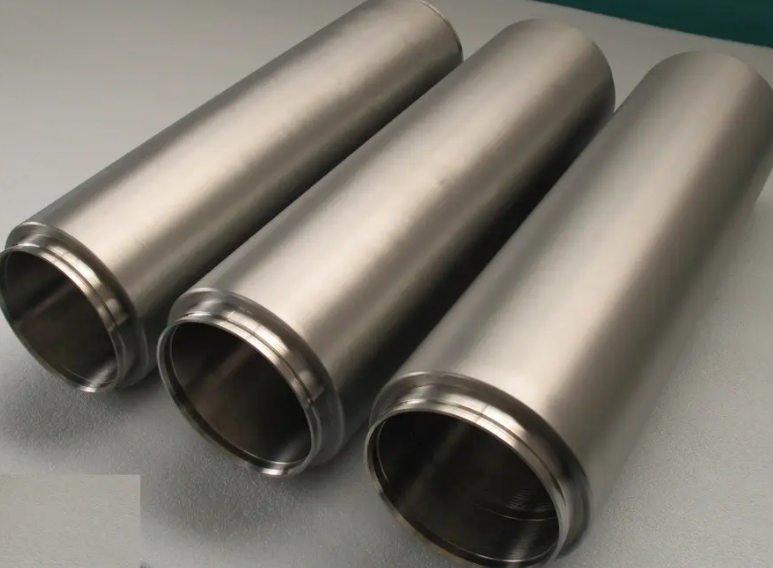Because the titanium tube heat exchanger has the advantages of corrosion resistance, high yield strength and density ratio, tiny thermal expansion coefficient, long service life, high heat transfer efficiency, not easy scaling and so on, it can considerably improve the service life of titanium tube heat exchanger, reduce the loss caused by equipment corrosion failure and shutdown, excellent economic benefits, and has been widely used in petrochemical and other fields.
Titanium Tubing condenser with PTA equipment ordered by Yangtze Petrochemical Co., Ltd. is equipped with Titanium tubing. The design pressure is 0.6MPa in shell and 3.1MPa in tube. The design temperature is 80°C and 210°C in the tube. The medium in the shell is circulating water, and the medium in the tube is TA, water, HAC, ionic bromine and inert gas. The manufacturing technical conditions require that the Mock-up test should be conducted before the order starts, that is, the skills of welders and welder operators should be evaluated according to the assessed WPS, and each welder involved in welding should be evaluated to determine the ability of the welder or welder operator to produce superior-quality welds. The module tests were conducted in accordance with the requirements of Section III Welding Skill Assessment of ASME Boiler and Pressure Vessel Code Section IX Welding and Brazing Qualification Assessment, and were also witnessed and inspected by the owner or project management team.
The connection form between the heat exchange tube and the tube plate is: light expansion to center + strength welding + stick expansion, the end of the heat exchange tube extends out of the tube surface of 0.5~1.0mm, the welding of the tube mouth adopts manual tungsten argon arc welding, two-pass welding, and the starting and closing points of the two passes must be staggered, the selected joint type. It has been proved in practice that after the titanium tube is bonded and fixed and welded, after a period of operation, the titanium tube will fail due to its "memory" and will not be affected by ambient corrosion and stress corrosion.

In addition to meeting the relevant standards and specifications, the following conditions should also be met:
(1) Welding and assembly must be carried out in a sterile workshop or in an area free of iron contamination. Before any welding, the titanium tube must be confirmed free of iron ion contamination by full-time test (if the surface is contaminated by iron ion, the filter paper will be orange).
(2) Before welding, the fusion surface and the 50 mm wide area on each side of the weld should be thoroughly cleaned with acetone or propyl alcohol and isopropyl alcohol to remove oxide skin, rust, grease or other impurities that affect the quality of the welded joint.
(3) The type of welding wire is in line with AWS SFA-5.16ERTi-2, with Fe content less than 0.05% and H content less than 60ppm. In titanium welding, the purity of 99.99% argon back protection gas is filled into the tube during the root passage fusion process, and the interlayer temperature should not be higher than 60°C, and the titanium welding protection should be adequate.
Due to the harsh working conditions and special materials of PTA's titanium tube condenser and high welding quality requirements, this project refers to ASMEK: welding skill assessment requirements in welding and brazing qualification assessment, and conducts module test before the order starts to conduct skill assessment for welders and welder operation.
At the same time, the WN75-100 standard specification of BASF is quoted to test the welding sample after the module test. The module test verifies the qualification of the welding personnel, and also confirms that the welding process is effective in controlling the defects. In addition, it should be pointed out that the introduction of radialback-irradiation technology in the module test can alter the previous practice of RT detection only when the module is thin. At the same time, this technology can also be applied to the routine RT detection of the welded joint of the finished tube plate, so as to improve the weld quality more effectively and provide reliable guarantee for the prolonged cycle safe operation of the heat exchanger equipment.